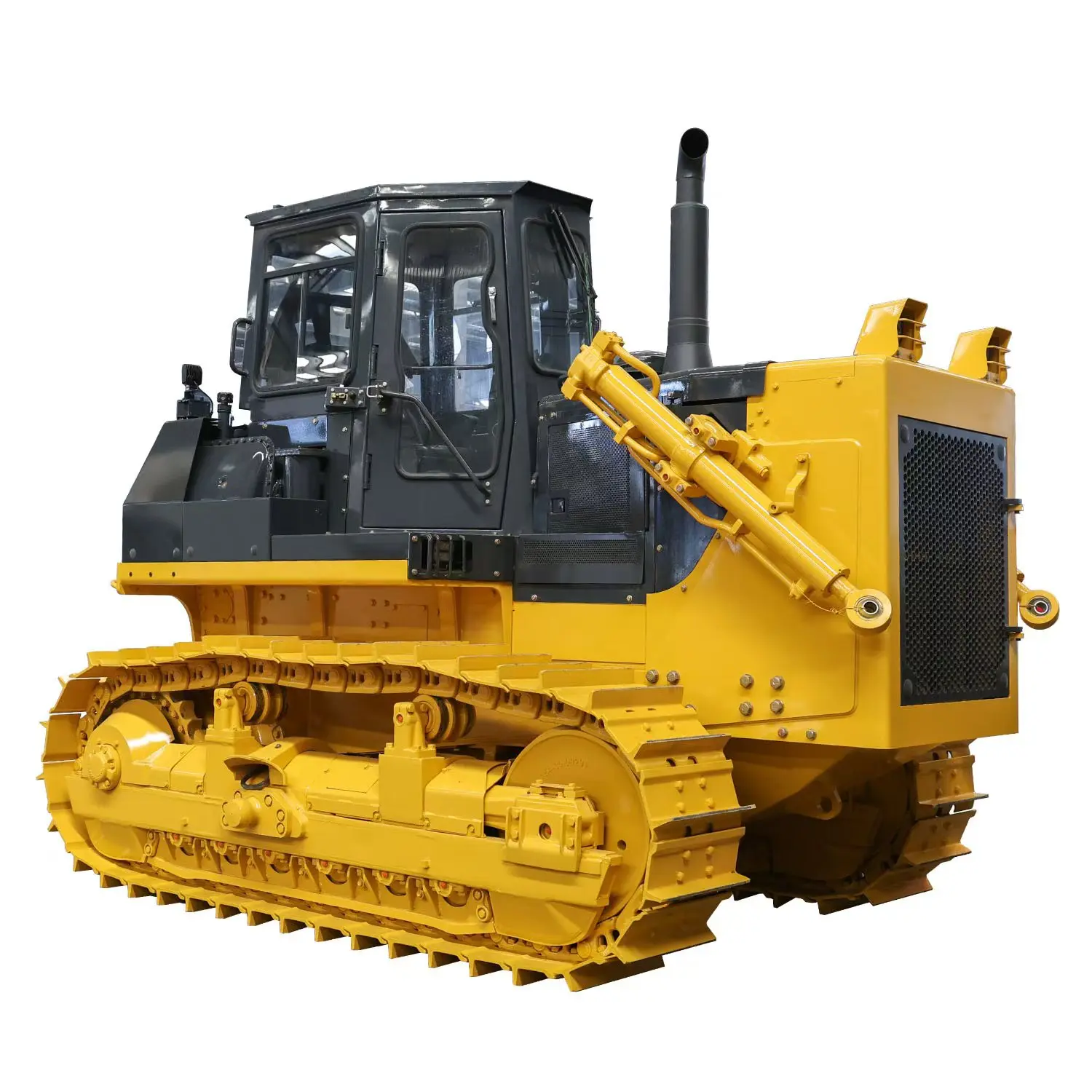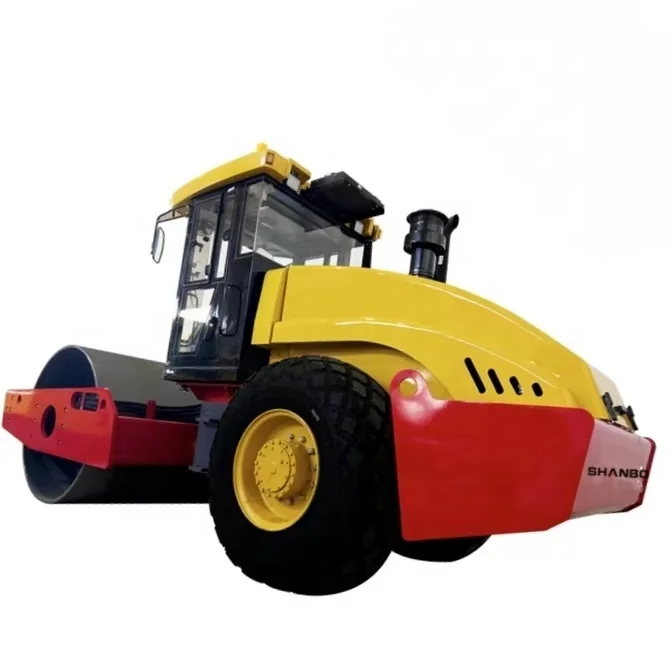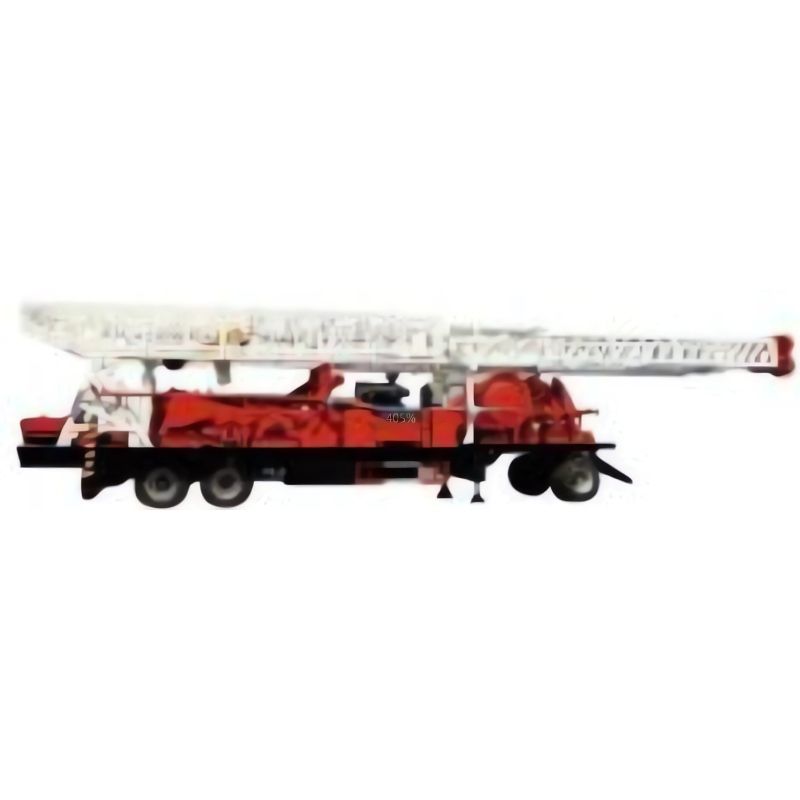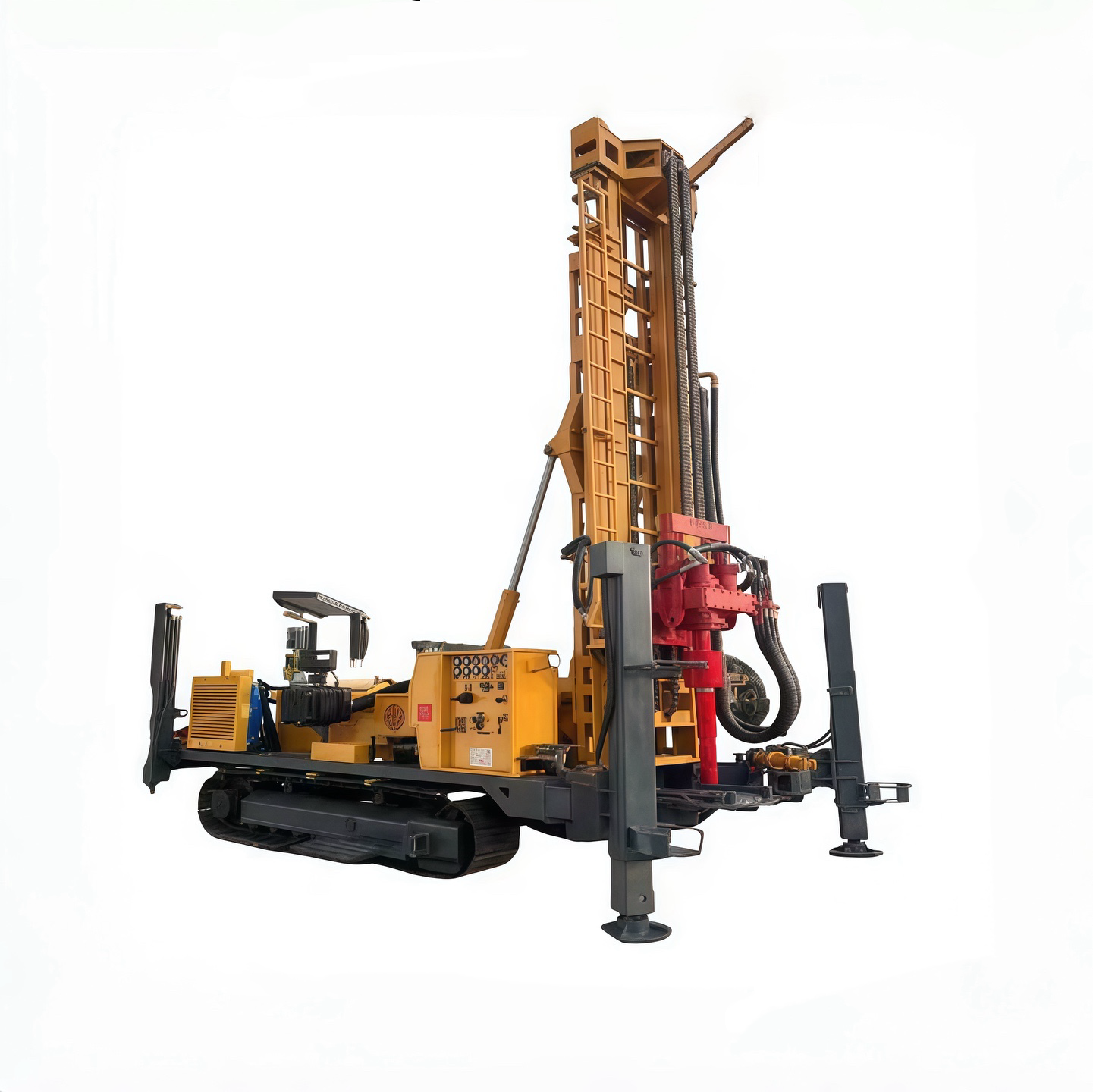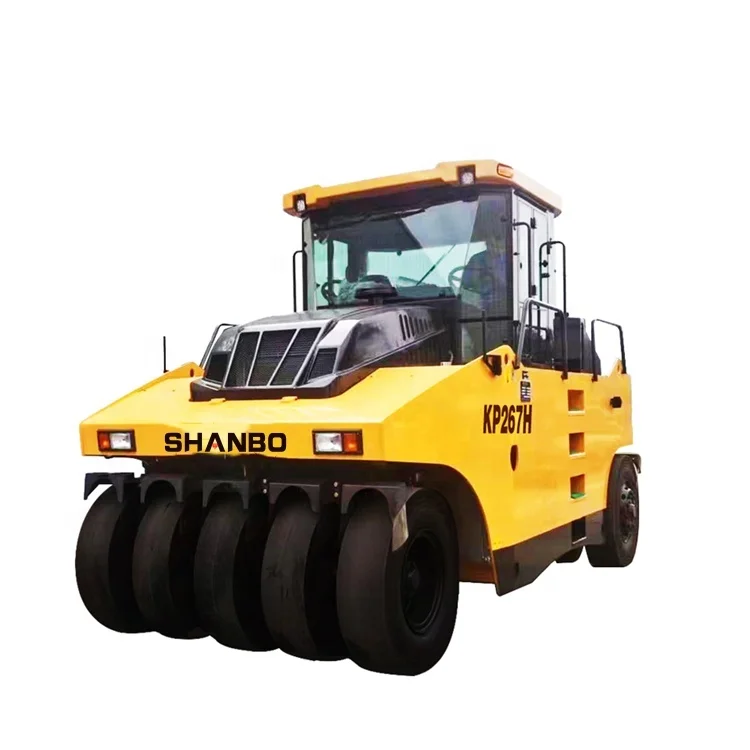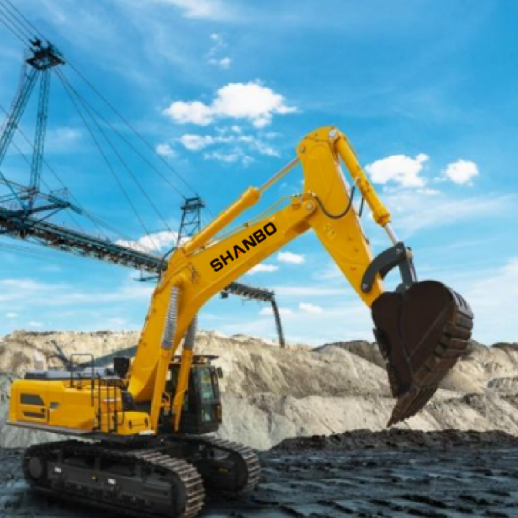Skid Steer vs Bulldozer: Cost, Efficiency, and Versatility Compared
In earthwork, land leveling and construction site preparation, few devices are as indispensable as skid steer loaders and bulldozers. Both of these machines play a crucial role in soil movement, land clearance and terrain shaping, but there are significant differences between them in terms of cost, efficiency, and versatility.
Overview of Each Machine
Skid Steer
A skid steer loader is a compact and highly mobile device, with its lifting arm capable of connecting various tools and accessories. Skid steer loaders come in two versions: wheeled and tracked (the latter is often referred to as compact tracked loaders), and are renowned for their flexibility and adaptability. They are often used for landscaping, small-scale excavation, snow removal and construction site cleaning.
The size range of skid steer loaders is very wide, from small models weighing about 1,500 pounds to large models weighing over 10,000 pounds. Their compact size enables them to work efficiently in confined spaces, which is a major advantage in urban construction sites or residential projects.
Bulldozer
A bulldozer (often simply referred to as a dozer) is a larger and heavier mechanical device, mainly used for transporting large amounts of soil, sand, gravel or debris. The front of bulldozers is equipped with a wide, heavy-duty blade and continuous tracks, which can provide excellent traction and stability. They are good at large-scale earthwork, leveling, and clearance operations.
There are various types of bulldozers, ranging from smaller models to large mining bulldozers. Their main functions are powerful earth-moving capacity and ground leveling ability, which make them indispensable in large construction sites and mines.

Cost Comparison
The most direct and obvious difference between skid steer loaders and bulldozers lies in their initial purchase prices. The price of a new skid steer loader usually ranges from $30,000 to $90,000, with the specific price depending on its size, engine power, and additional features.
In contrast, a new bulldozer represents a much larger investment. The starting price of a small bulldozer is about $100,000, while the price of a large heavy bulldozer may exceed $1 million. For small contractors or enterprises with moderate earthwork demands, the lower upfront cost of skid steer loaders makes them a more acceptable choice.
Apart from the marked price, long-term operating costs are also an important factor in determining the total cost of ownership. Skid steer loaders use smaller diesel engines, with power typically ranging from 50 to 100 horsepower, thus having lower fuel consumption. Over time, they require less hydraulic oil, lubricating oil and replacement parts. These factors make the operating costs of skid steer loaders relatively low.
On the other hand, bulldozers have higher requirements in terms of fuel and maintenance. Their large engines - with power typically ranging from 100 to over 850 horsepower - consume much more fuel per hour. In addition, the continuous pressure on the tracks, scrapers and chassis will cause faster wear and require more frequent maintenance or replacement of parts. These factors combined make the maintenance cost of bulldozers significantly higher than that of skid steer loaders during their service life.
Efficiency and Performance
In terms of efficiency and overall performance, the best choice between skid steer loaders and bulldozers largely depends on the scale and nature of the project. Each machine is designed for a specific type of work.
The design of skid steer loaders emphasizes speed, maneuverability and multi-functionality. Its compact design enables operators to easily move through narrow spaces and perform tasks such as small-scale excavation, material transportation, site clearance, snow removal and light leveling. Equipped with the appropriate accessories, the skid steer loader can switch between different operations within minutes, thereby maximizing the efficiency of various tasks.
However, although skid steer loaders are highly maneuverable, compared with bulldozers, they have limitations in terms of traction and thrust. Even crawler skid steer loaders have difficulty maintaining grip when moving heavy objects or large amounts of soil on soft, steep or muddy terrain. Due to its light weight and low engine power, it is not very suitable for large-scale earthwork projects, as high torque and traction are crucial for performance and stability in these projects.
In contrast, bulldozers perform well in heavy earthwork and large-scale site leveling. Its wide scraper and high-power engine enable it to push, spread and level large amounts of soil or gravel with astonishing efficiency. With its outstanding traction and ground stability, bulldozers are also the preferred equipment for land clearance, road construction and embankment building.
Although the moving speed of a bulldozer is slower and its maneuverability is poorer than that of a skid steer loader, the powerful engine of a bulldozer enables it to complete tasks in a very short time. Work that a skid steer loader may take several hours to finish can usually be accomplished by a medium-sized bulldozer in less than half the time.
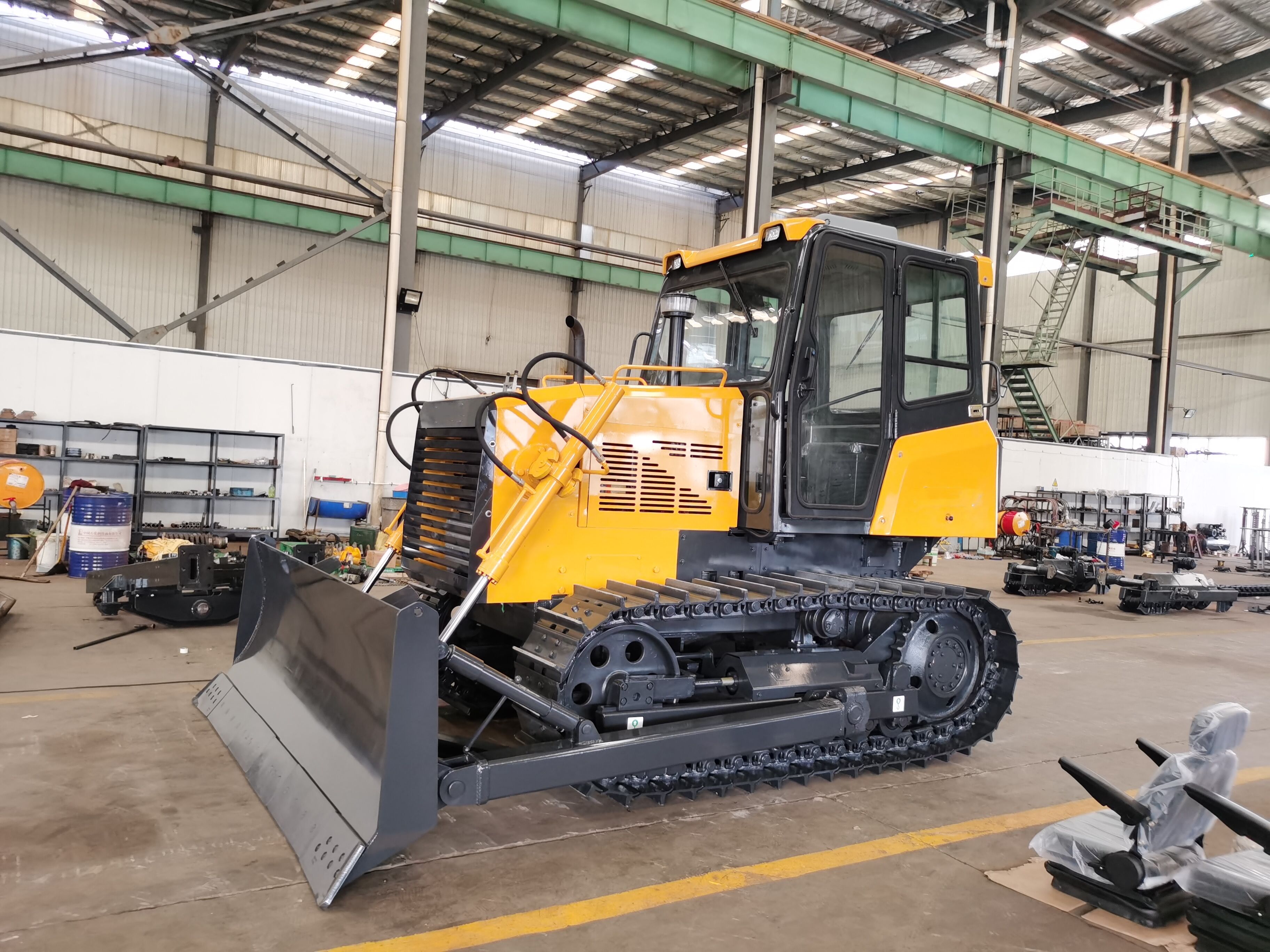
Versatility and Attachments
One of the greatest advantages of skid steer loaders is their unparalleled versatility. Modern skid steer loaders are designed as truly multi-purpose machines, capable of performing a wide variety of tasks simply by changing accessories. With the universal quick-change system, operators can change tools within minutes, enabling a machine to perform multiple functions in a day's work.
The skid steer loader can operate dozens of specialized accessories, such as buckets or grabs, auger drills, trenchers, etc., making it a powerful all-around tool suitable for almost any operation. With an appropriate accessory configuration, skid steer loaders can handle tasks such as excavation, demolition, leveling, material handling and landscaping, and can switch between various tasks quickly and seamlessly.
This outstanding accessory flexibility endows the skid steer loader with significant advantages in terms of efficiency and practicality. Contractors do not need to purchase multiple dedicated machines. They only need to invest in one skid steer loader and a variety of accessories to meet various application requirements.
In contrast, a bulldozer is a specialized machine specifically designed for pushing earth and leveling large amounts of material. Its main working tool is the shovel, which comes in various configurations, such as straight shovels (S-shaped shovels), general-purpose shovels (U-shaped shovels), and semi-U-shaped shovels, to adapt to different leveling or cleaning tasks.
Some bulldozers are also equipped with a rear-mounted loosener accessory for breaking hard ground. Although modern bulldozers can be equipped with GPS or automatic leveling systems for precise operations, their single-purpose design limits their flexibility. Unlike skid steer loaders, the advantage of bulldozers lies in their dedicated power rather than their versatility.
Conclusion
Skid steer loaders and bulldozers are both indispensable tools in the construction and earthwork industries, but their uses are quite different. The skid steer loader is a multi-functional tool on construction sites: it is affordable, versatile, flexible and convenient. Bulldozers, on the other hand, are powerful machines: specially designed for strength and durability.
Choosing the right machine does not merely depend on its size or power; more importantly, it is about matching the device with the task at hand. For small and medium-sized projects that require flexible adaptability, skid steer loaders are undoubtedly the best choice. But when powerful earth-moving capabilities and large-scale land leveling operations are needed, nothing can replace the powerful force of a bulldozer.
Recommended Products
 Hot News
Hot News
-
“Water Savior” 200 m Reverse Circulation Water Well Drills Arrive in Uzbekistan
2025-03-28
-
What Is a Bulldozer? Everything You Need to Know
2025-02-18
-
Skid Steer vs Bulldozer: Cost, Efficiency, and Versatility Compared
2025-11-13
-
Inside the Bulldozer Factory: How Modern Dozers Are Built from the Ground Up
2025-11-12
-
How to Operate a Spider Excavator Safely and Efficiently
2025-11-11
-
What Is an Excavator? A Beginner’s Guide to This Essential Construction Machine
2025-11-10
